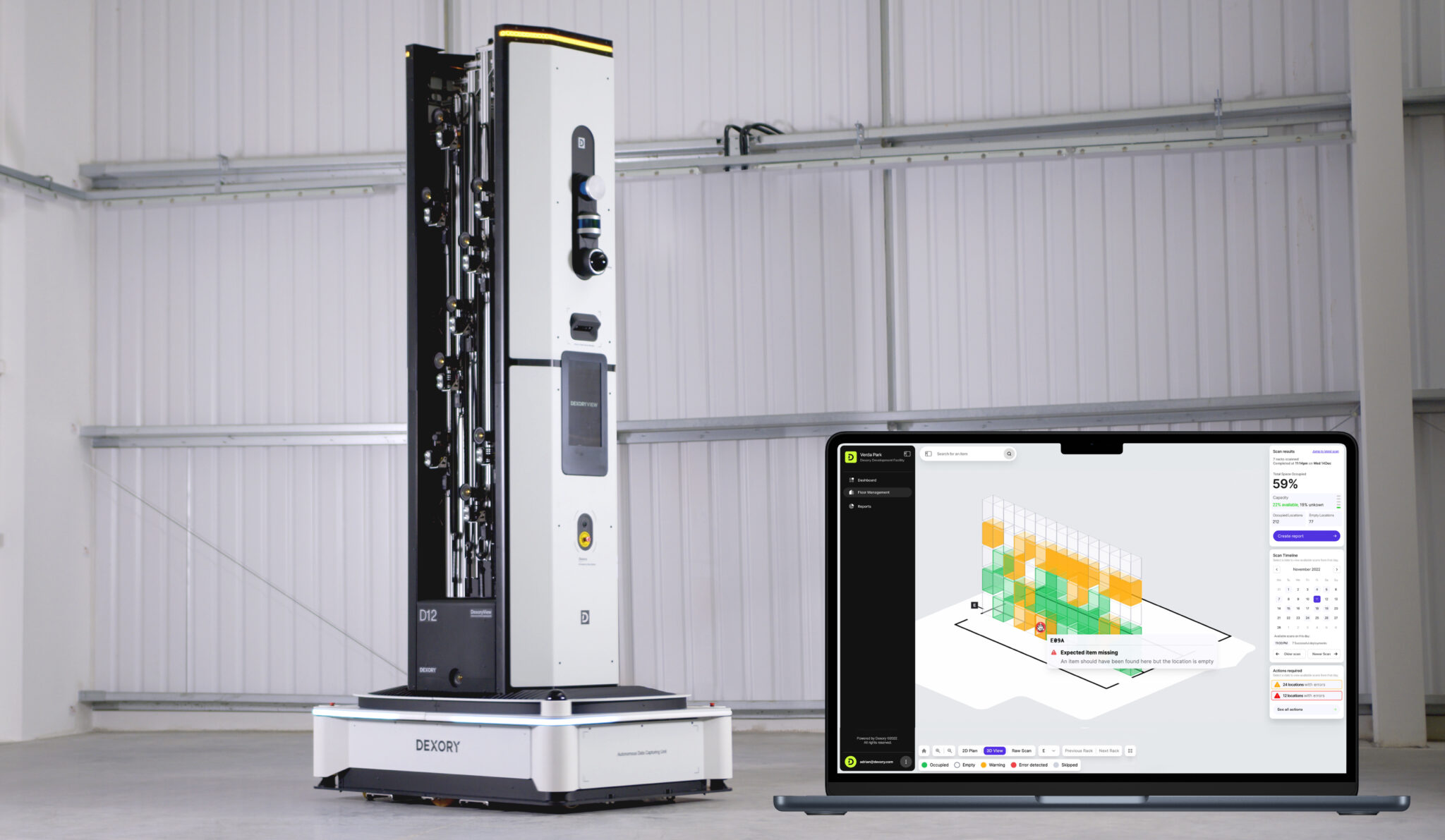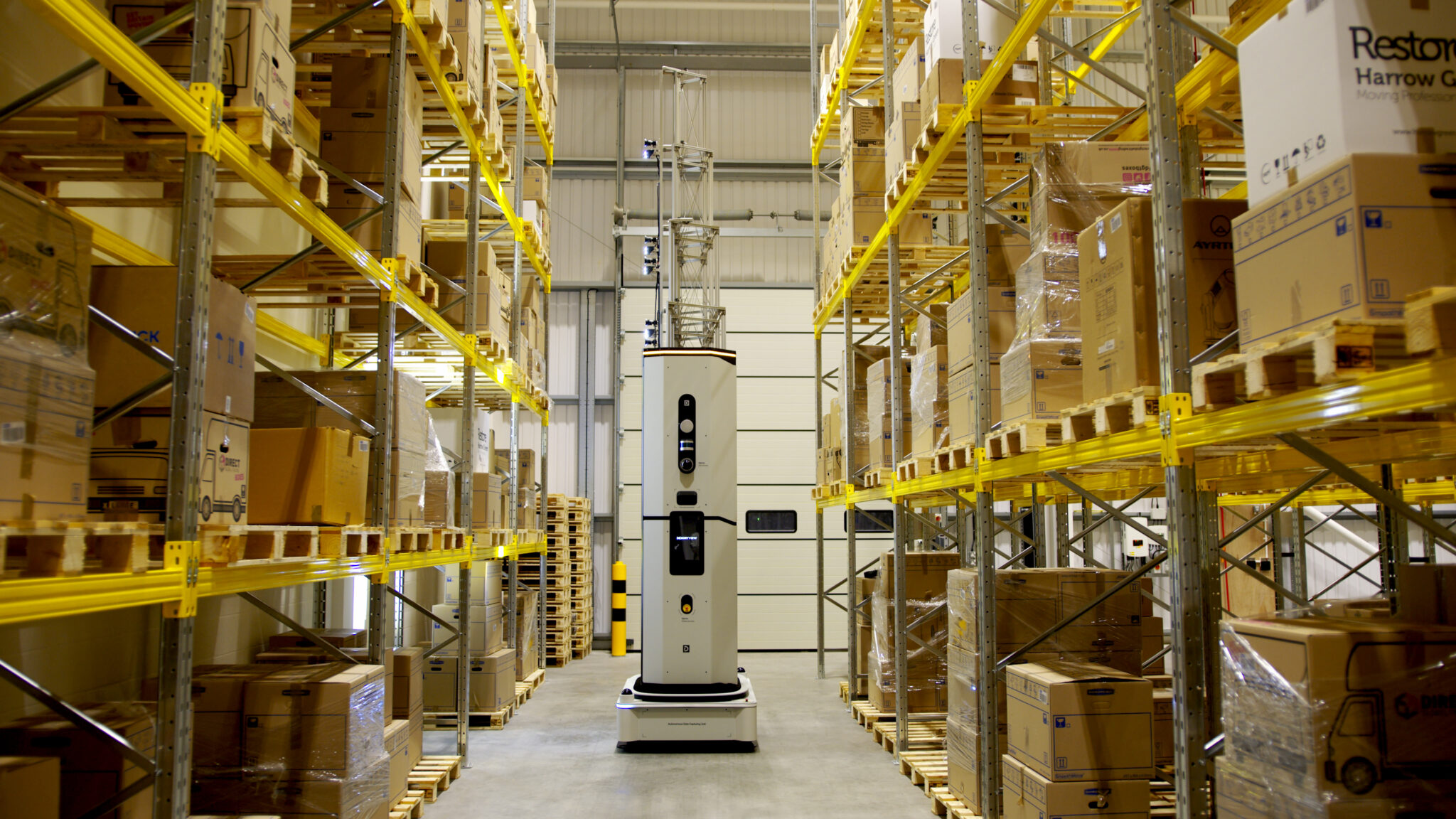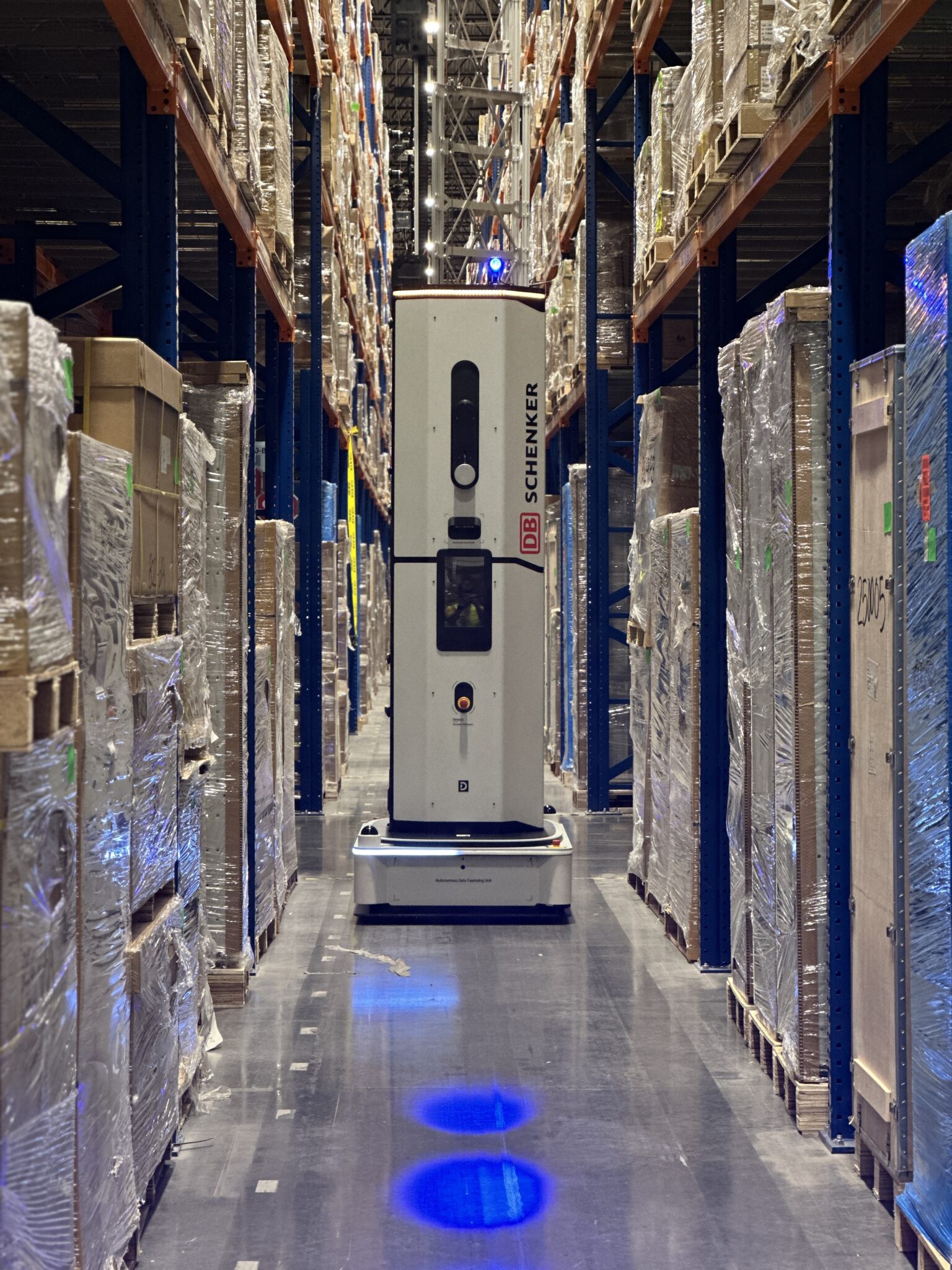Dexory, a leading robotics and data intelligence company, today announced it has successfully closed an $80 million Series B funding round. The round was led by DTCP, with participation from Latitude Ventures, Wave-X and Bootstrap Europe, along with existing investors Atomico, Lakestar, Capnamic and several angels from the logistics industry. As part of this investment, DTCP’s Michael Rager joins Dexory’s board of directors.
The new funding, made up of a mix of equity and growth debt, will support an expansion of their artificial intelligence (AI) powered features across the DexoryView platform, grow its global team and accelerate the deployment of its autonomous robots with customers like GXO, Maersk, DB Schenker and beyond. A significant focus continues to be on expanding across the US market, where Dexory is already live with customers in seven states. The Series B will also enhance development and production facilities at its UK headquarters.
With the close of the round, Dexory has now raised $120 million over the past three years. The company has demonstrated incredible growth since the first commercial launch of their autonomous warehouse robots and software platform for the logistics space only 18 months ago.
Dexory’s continued innovation of warehouse optimisation technology will ensure that the firm remains a leader in this space. It is setting new standards and unlocking new value for the warehouse of the future, as businesses continue to manage myriad challenges across their supply chains, amidst cost and service pressures.
The global logistics automation market is expected to grow at a compound annual growth rate (CAGR) of 15% by 2030. The market size will reach around $90bn by 2030. Additionally, the market value for digital twin technologies is set to rise by a CAGR of 35.7% by 2030, representing a revenue forecast of $155.83bn. Dexory’s innovative solutions are ideally placed in the market to capitalise on the market trends, whilst ensuring warehouse and supply chain professionals can deliver exceptional accuracy and service levels for even the most high-paced and demanding of operations.
Dexory directly addresses the logistics market’s urgent need to maximise operating efficiencies across national and global networks. The company’s product, DexoryView, provides comprehensive real-time visibility across warehouses of any size through its autonomous mobile robots and AI. Through unique data sets generated from far-reaching sensor and image data, continuous scanning and the latest AI developments, Dexory unlocks new levels of optimization and seamless efficiency.
“We are incredibly excited about the momentum we’ve built over the past 18 months,” said Andrei Danescu, CEO and co-founder of Dexory. “DexoryView is proving to be an unrivalled technology for driving real digital transformation and delivering better business outcomes in the warehousing and supply chain industries. AI is clearly at the forefront of business leaders’ minds. With the quality of the data we are extracting and the powerful insights into operations that we generate, DexoryView will deliver commercial success for our customers and investors alike.”
“We are very impressed by the progress Dexory has made in transforming warehouse operations with its cutting-edge technology,” said Michael Rager, Partner – Growth Equity at DTCP and board member at Dexory. “The company is perfectly positioned at the intersection of our investment thesis on digitisation and automation. Its ability to capture detailed, actionable data from physical spaces and integrate it seamlessly into the supply chain is impressive. We are confident in its vision and excited to support their product innovation and expansion into global markets.”
Dexory’s platform is already making a significant impact in leading distribution companies such as GXO, Unipart, Yusen Logistics, as well as manufacturing players such as GE Appliances and Denso. By providing 360-degree visibility into warehouse operations, DexoryView enhances inventory management and operational decision making. The platform’s capability to perform rapid warehouse scans and create digital twins of warehouse spaces allows for optimised performance and future scenario simulations. Organisations such as DB Schenker have been able to increase their inventory accuracy by 6% and maintain it daily, whereas businesses like ID Logistics have been able to reduce manual inventory investigations by 41% in just two months to free up valuable time for other critical tasks.
similar news











